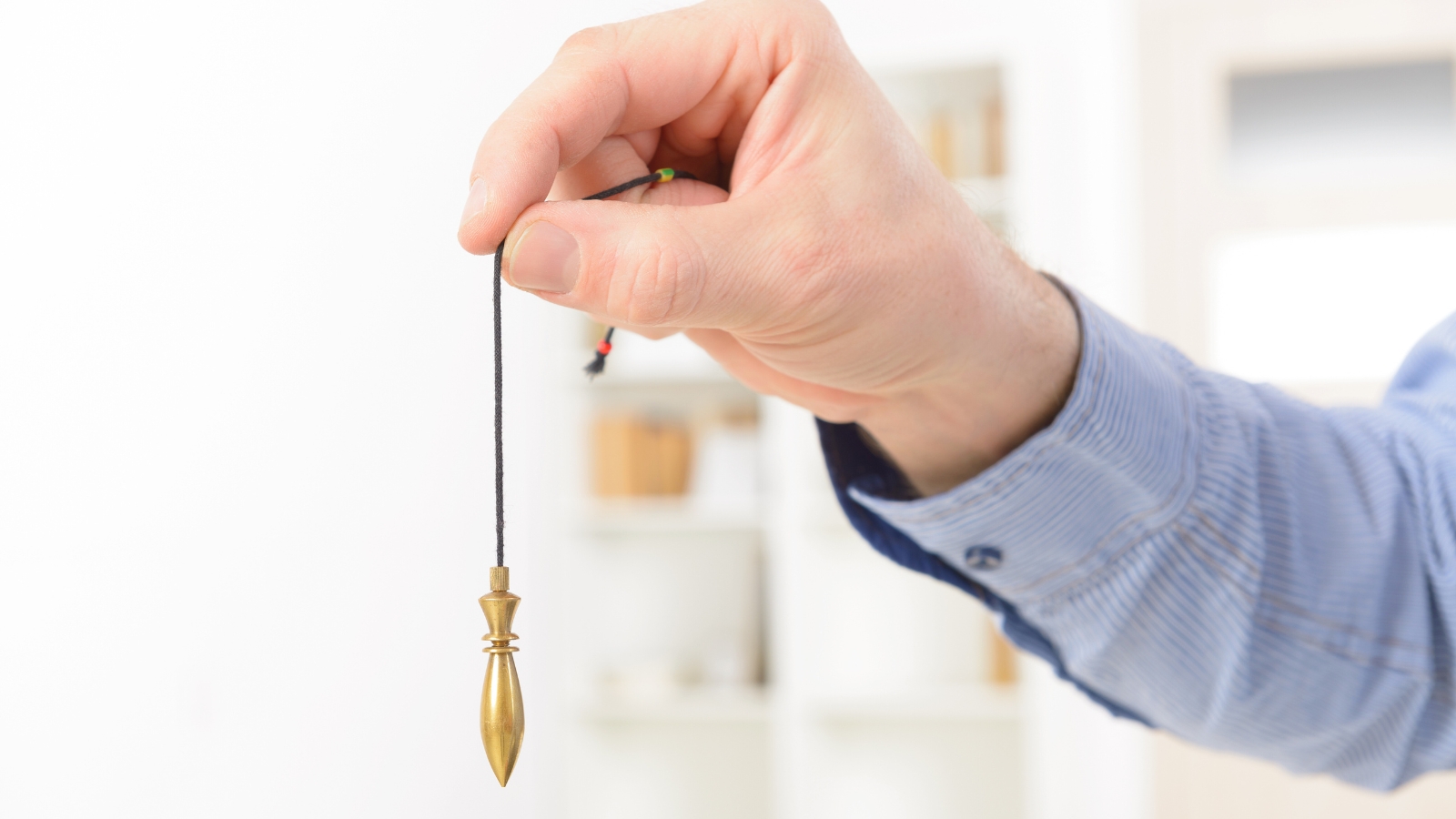Intention: To guide readers in using muscle testing as a tool for strengthening their intuition, empowering them to make more aligned decisions based on their body’s wisdom.
In our fast-paced, technology-driven world, it can be easy to lose touch with our intuitive senses and gut instincts. We’re constantly bombarded with external stimuli, opinions, and influences that can make it difficult to hear the quiet voice within. However, there is a simple yet powerful tool that can help us reconnect to our intuition—muscle testing.
Muscle testing, also known as applied kinesiology, is a technique that uses the body’s responses to identify imbalances, sensitivities, or information on a physical, emotional, or energetic level. By tapping into the mind-body connection, muscle testing allows us to access intuitive wisdom that goes beyond the limitations of conscious rational thinking.
The Origins of Muscle Testing
The roots of muscle testing can be traced back to ancient Chinese and Indian practices that recognized the flow of life force energy, or chi/prana, throughout the body. In the 1960s, Dr. George Goodheart, an American chiropractor, further developed these principles into the modern system of applied kinesiology.
Today, muscle testing is utilized by a wide range of healthcare and wellness professionals, including chiropractors, naturopaths, acupuncturists, nutritionists, and energy healers. But you don’t have to be a practitioner to benefit from this intuitive tool—it can be easily learned and applied in your daily life.

How Does Muscle Testing Work?
The basic premise of muscle testing is that the body’s muscles will respond differently depending on whether something is beneficial or detrimental to the individual. When exposed to a positive stimulus, the muscles will remain strong and resistant. Conversely, a negative stimulus will cause the muscles to weaken or give way.
To perform a muscle test, the practitioner will have the client extend their arm out to the side and apply gentle pressure. The client is instructed to resist the pressure as the practitioner tests different substances or asks yes/no questions. The muscle’s response—whether it remains strong or becomes weak—provides the intuitive insight being sought.
While the arm sway is one of the most common muscle testing techniques, there are various other methods that can be used, such as finger resistance, eye movements, or even simply observing changes in posture or facial expressions. Here’s a great video to help you learn how to practice on yourself.
The Practical Applications of Muscle Testing
Muscle testing can be a powerful tool for uncovering valuable insights across a wide spectrum of practical applications. One of the most common uses is identifying food sensitivities or allergies. By testing the body’s response to different foods, practitioners can help clients pinpoint which items may be causing inflammation, digestive issues, or other unwanted symptoms. This information can then be used to optimize dietary choices and support overall health.
Beyond just food, muscle testing can also evaluate the energetic impact of various supplements, medications, personal care products, and even environments or situations. It allows practitioners to get to the root cause of a client’s health concerns by uncovering imbalances or stressors that may be contributing to their symptoms.
But the applications of muscle testing extend far beyond the realm of physical wellbeing. Many people use it as a tool for making more intuitive decisions in their personal and professional lives. Whether it’s navigating a career transition, evaluating a potential romantic partner, or determining the best way to invest one’s finances, muscle testing can provide valuable guidance by accessing the deeper wisdom of the body and subconscious mind.
In this way, muscle testing can be a profound ally on one’s journey of personal growth and spiritual evolution. By bridging the gap between the physical and metaphysical realms, it allows individuals to make more conscious, aligned choices that are in harmony with their highest good.
Developing Your Muscle Testing Skills
While muscle testing may seem simple on the surface, it’s an art that takes time and practice to truly master. The first step is to find an experienced practitioner who can teach you the proper techniques and help you calibrate your intuitive responses.
Once you’ve learned the basic mechanics, the key is to cultivate a deep sense of self-awareness and trust in your intuition. This involves paying close attention to the body’s subtle cues, such as changes in muscle tension, breathing, or even emotional responses.

Tapping into the Esoteric Realm of Muscle Testing
While muscle testing can be a highly practical tool for supporting physical and emotional well-being, it also has a more esoteric, spiritual dimension. Many practitioners view it as a form of divination, a way to access information from the subconscious mind or even communicate with guides, angels, or other non-physical entities.
In this context, muscle testing can be used for a variety of purposes, such as clearing energetic blockages, balancing the chakras, or receiving intuitive downloads about one’s life purpose or spiritual evolution.
Alternatives to Muscle Testing as Intuitive Practice
There are a variety of other techniques that can be used to tap into the subconscious mind and receive guidance from the body’s innate wisdom.
One of the most well-known alternatives is pendulum dowsing. Similar to muscle testing, pendulum dowsing uses the body’s response—in this case, the swinging motion of a suspended weight—to answer questions or identify energetic imbalances. Many people find the visual feedback of the pendulum’s movement to be a helpful way of clarifying their intuition.
Another intuitive practice is working with oracle cards or tarot. By randomly selecting cards and interpreting their symbolic meanings, individuals can gain deeper insights into their current situation, potential obstacles, and possible paths forward. This method allows the user to access their intuitive faculties through visual and symbolic cues.
Some people also utilize automatic writing or channeling as a way to receive intuitive information. By quieting the conscious mind and allowing the hand to move freely across the page, they can transcribe messages from their higher self, spirit guides, or other non-physical sources of wisdom.
Regardless of the specific technique, the common thread among these intuitive practices is the emphasis on moving beyond the limitations of rational thinking and tapping into the deeper intelligence that resides within the body and subconscious mind. Each method offers a unique pathway for uncovering hidden insights and aligning one’s choices with their highest good.
Unleashing the Power of Intuition
Whether you use it for practical, everyday purposes or exploring its more esoteric realms, muscle testing is a remarkable tool for tapping into the power of your intuition. By bridging the gap between the physical body and the spiritual self, it allows us to access a deeper well of wisdom and guidance that can enrich every aspect of our lives.
So, if you’re feeling disconnected from your intuitive senses or simply looking to deepen your mind-body connection, consider exploring the transformative practice of muscle testing. Who knows what hidden insights and answers it may unlock for you?















